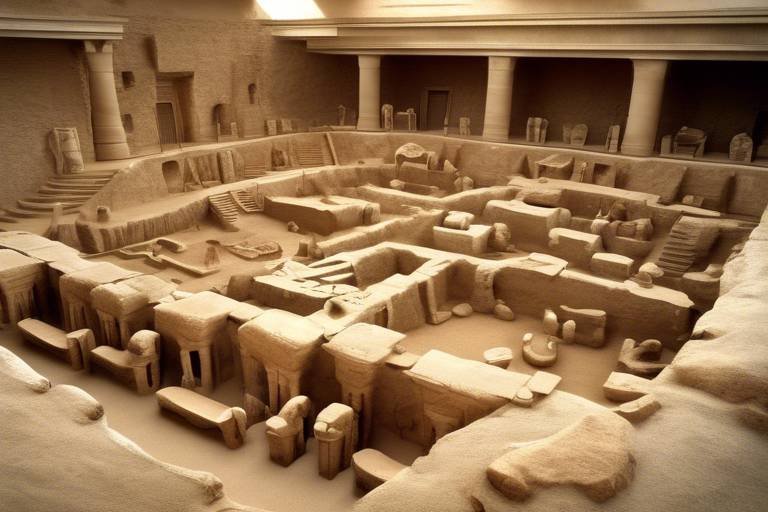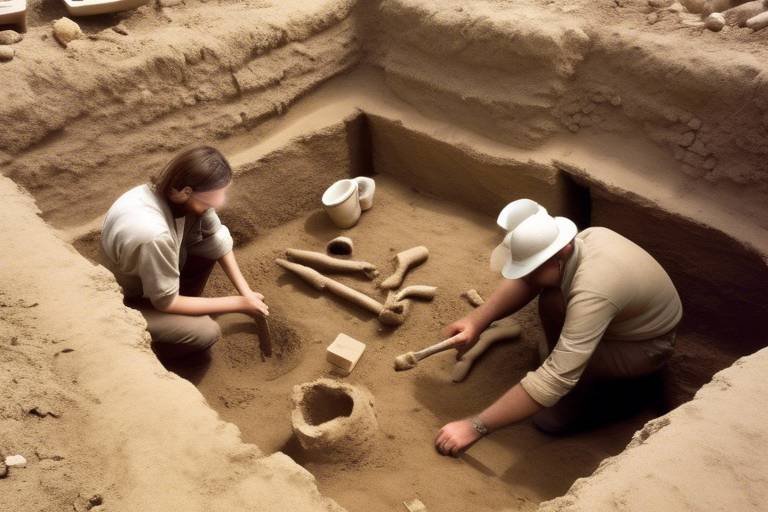The Reality of Life in Ancient Rome
Life in ancient Rome was a tapestry woven with threads of grandeur and grit, where the echoes of history still resonate in the modern world. The bustling streets of the Eternal City were filled with a diverse array of individuals, each playing a unique role in the intricate social structure of the time. From emperors wielding power to slaves toiling in the shadows, every person contributed to the vibrant mosaic of Roman society.
At the top of the social pyramid stood the emperors, revered as divine figures and wielding immense authority over the empire. Senators and patricians occupied prestigious positions, shaping policies and decisions that reverberated throughout the realm. Plebeians, the common folk, formed the backbone of society, toiling in fields and workshops to sustain the economy.
Women in ancient Rome, though often marginalized, played essential roles in households and communities, managing domestic affairs and raising children with care. Slaves, on the other hand, faced a life of servitude and hardship, their labor fueling the engine of Roman prosperity.
The economic heartbeat of ancient Rome pulsed with vigor, driven by a complex web of agricultural production, trade routes stretching across continents, and a sophisticated system of currency and commerce. The bustling markets and bustling ports were hubs of activity, connecting distant lands and fostering prosperity.
Political intrigue and power struggles were rife in the corridors of Roman governance. The Senate, consuls, and imperial rule formed the pillars of authority, shaping the destiny of the empire through intricate webs of alliances, rivalries, and betrayals. Decision-making was a delicate dance of diplomacy and deception, influencing the course of history.
Amidst the grandeur and tumult, daily life in ancient Rome unfolded with a rhythm of its own. Families gathered for meals, children learned in schools, and religious ceremonies infused meaning into everyday rituals. Public events and festivals filled the calendar, offering moments of joy and reflection amid the chaos of urban life.
Yet, the Roman world was not without its challenges and threats. Invasions from barbarian tribes, civil unrest, economic downturns, and natural disasters tested the resilience of the empire. The Roman people faced adversity with courage and adaptability, weathering storms that threatened to engulf their civilization.
Entertainment and leisure provided a respite from the rigors of daily life, with gladiatorial games, chariot races, theater performances, and public baths offering moments of escape and excitement. The vibrant entertainment culture of ancient Rome captivated the hearts and minds of its citizens, fostering a sense of community and camaraderie.
Religious beliefs permeated every aspect of Roman life, with a pantheon of gods and goddesses presiding over rituals, festivals, and superstitions. The spiritual landscape of ancient Rome shaped moral values and ethical principles, guiding individuals in their quest for meaning and purpose.
The legacy of ancient Rome endures in the fabric of modern society, its language, laws, and architecture serving as pillars of civilization. The cultural influence, military strategies, and political ideologies of the Romans continue to shape the world, reminding us of the enduring impact of this remarkable civilization.
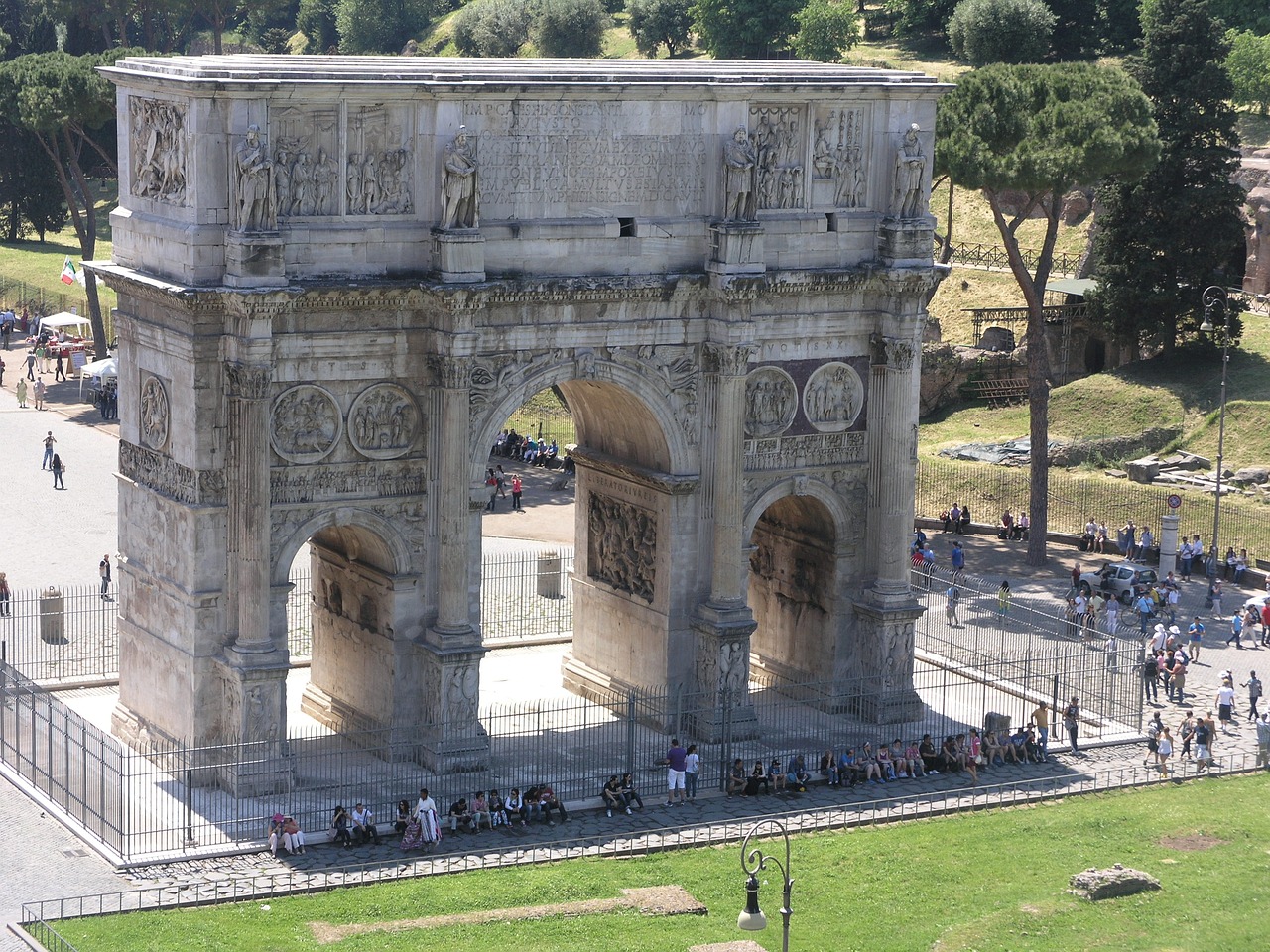
Social Structure in Ancient Rome
Exploring the daily life, social structure, entertainment, and challenges faced by individuals living in ancient Rome, providing insights into the cultural norms, economic activities, and political dynamics of this historical civilization.
During ancient Roman times, society was intricately structured, with various classes playing distinct roles in shaping the social fabric. At the top of the hierarchy were the emperors, who held immense power and authority over the empire. Beneath them were the senators, influential figures responsible for legislation and governance. The patricians belonged to noble families and held significant social status, while the plebeians comprised the common people, often engaging in manual labor and trade to sustain their livelihoods. Additionally, slaves formed a crucial part of the workforce, serving their owners in various capacities. Despite their contributions, women in ancient Rome had limited rights and were primarily confined to domestic roles, reflecting the patriarchal nature of Roman society.
Examining the economic foundations of ancient Rome, from agriculture and trade to currency and commerce, shedding light on the financial mechanisms that sustained the empire's growth and prosperity.
Delving into the political structures of ancient Rome, such as the Senate, consuls, and imperial rule, to uncover the power struggles, governance methods, and decision-making processes that influenced the empire's trajectory.
Exploring the routines, rituals, and traditions of ordinary Romans, including family life, education, religious practices, and public events, offering a glimpse into the everyday experiences of ancient Roman citizens.
Investigating the various challenges that ancient Romans faced, such as invasions, civil unrest, economic crises, and natural disasters, highlighting the resilience and adaptability of the Roman people in times of adversity.
Uncovering the recreational activities, spectacles, and leisure pursuits that enriched the lives of ancient Romans, from gladiatorial games and chariot races to theater performances and public baths, showcasing the vibrant entertainment culture of the era.
Examining the diverse religious beliefs and practices in ancient Rome, including the worship of gods and goddesses, rituals, festivals, and superstitions, illustrating the spiritual landscape that shaped the moral and ethical values of Roman society.
Reflecting on the enduring legacy of ancient Rome in modern society, from its language, laws, and architecture to its cultural influence, military strategies, and political ideologies, highlighting the lasting impact of this remarkable civilization.
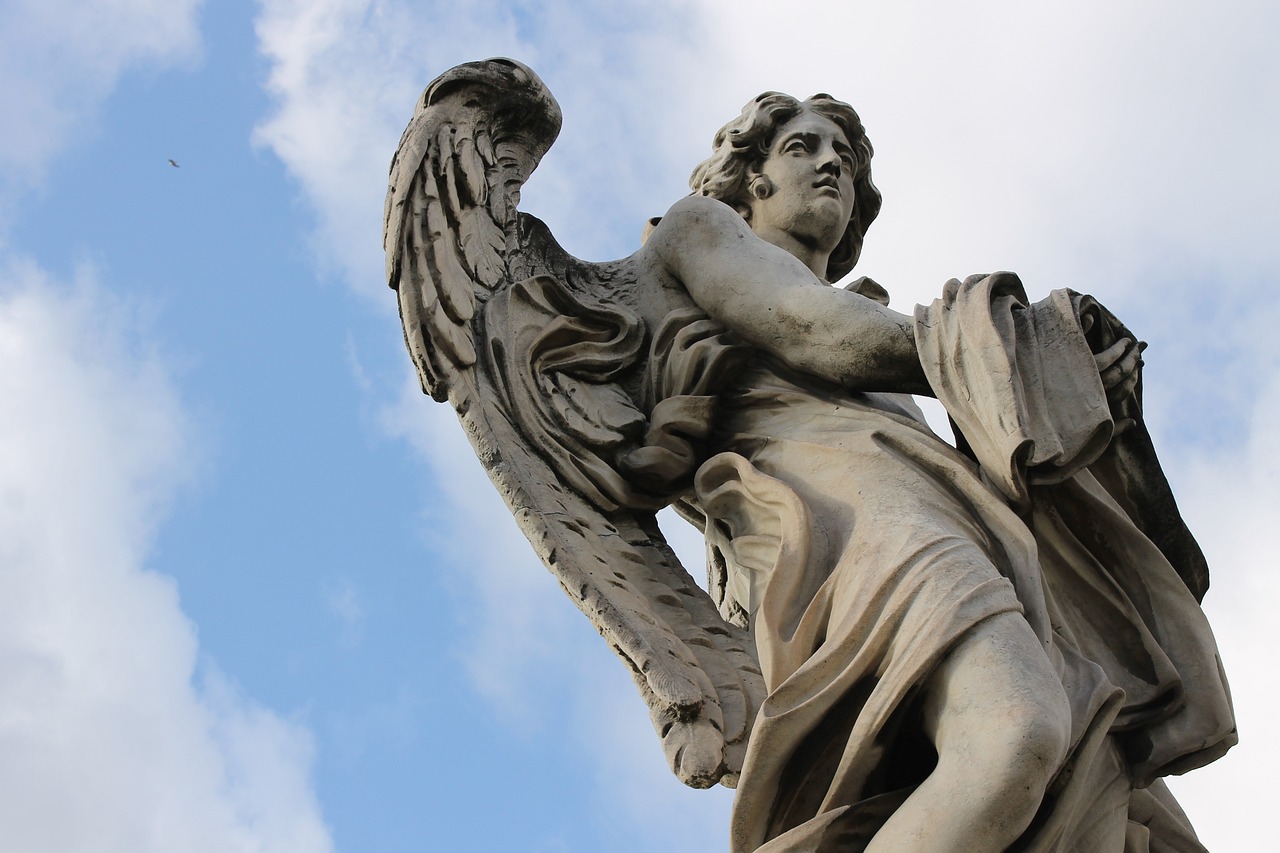
Economic Activities and Trade
When delving into the economic activities and trade practices of ancient Rome, one cannot overlook the pivotal role these aspects played in shaping the empire's prosperity and influence. The Romans were adept at various economic endeavors, with agriculture standing as a cornerstone of their economy. The fertile lands surrounding Rome were meticulously cultivated, yielding bountiful harvests that sustained both the populace and the legions.
In addition to agriculture, trade was a vital component of the Roman economy. The Romans engaged in extensive trade networks that spanned across the Mediterranean and beyond, importing and exporting goods that ranged from grain and olive oil to exotic spices and precious metals. These trade routes not only facilitated the exchange of goods but also fostered cultural exchanges and diplomatic relations with distant lands.
One of the key factors that enabled the economic prosperity of ancient Rome was its currency system. The Romans were pioneers in minting coins, which standardized trade transactions and facilitated economic growth. The denarius, a silver coin, became the backbone of Roman currency and was widely used in commercial transactions, symbolizing the empire's economic prowess.
Moreover, commerce thrived in bustling marketplaces where merchants from far and wide congregated to sell their wares. The Forum Romanum in Rome served as a hub of economic activity, where goods from all corners of the empire were traded, showcasing the diversity and richness of Roman commerce.
As the empire expanded, so did its economic reach, with Roman goods finding markets in distant provinces and exotic imports enriching the daily lives of Roman citizens. The economic activities and trade practices of ancient Rome not only fueled its growth and prosperity but also connected it to the wider world, leaving a lasting legacy that continues to resonate in modern economies.
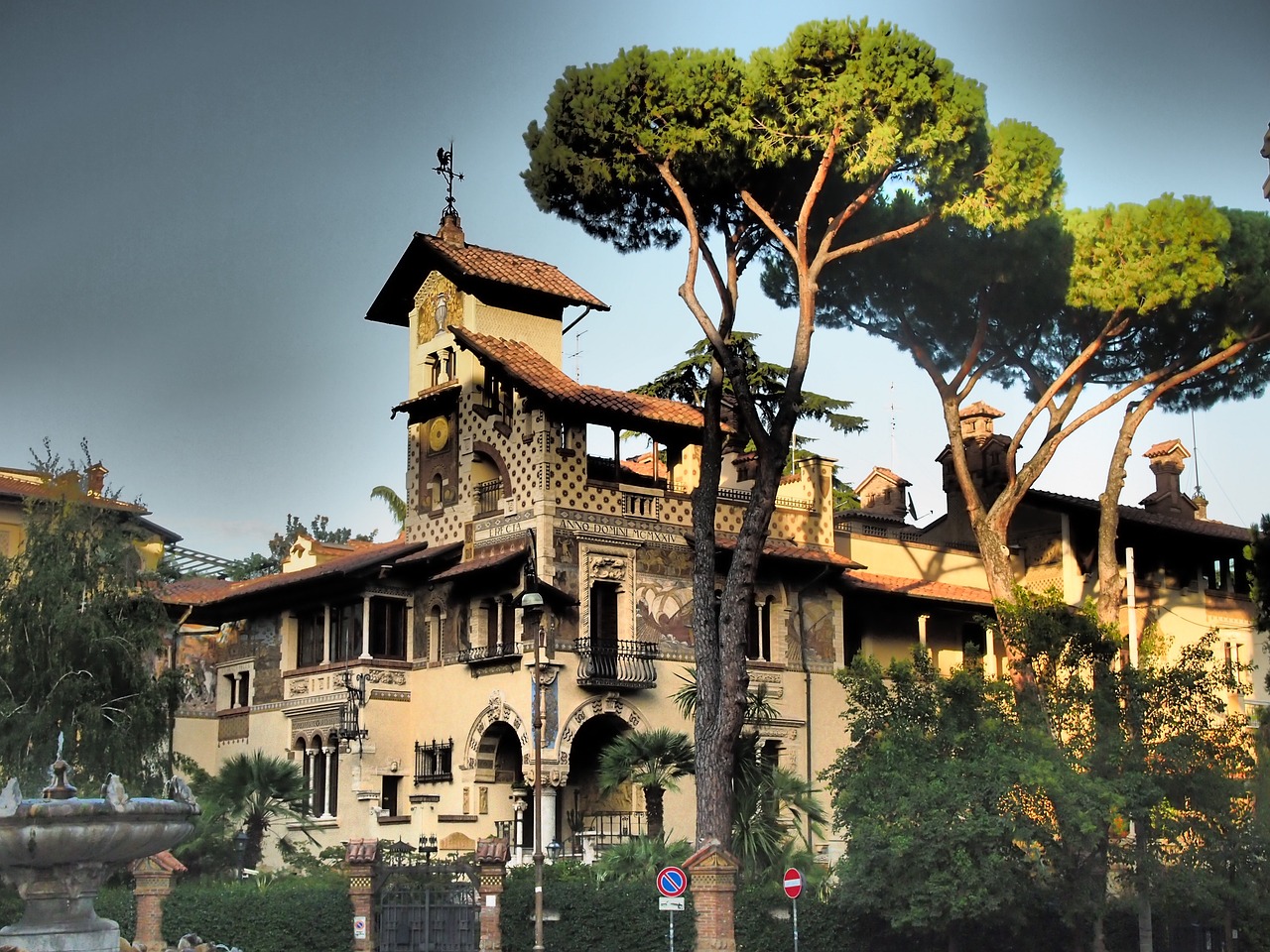
Political Dynamics and Governance
Political dynamics and governance in ancient Rome were characterized by a complex interplay of power, authority, and decision-making processes. At the heart of the political system was the Senate, a governing body comprising influential aristocrats known as senators. These senators, often from wealthy and noble families, held significant sway in shaping policies, enacting laws, and advising the consuls who served as the highest elected officials.
The consuls, elected annually, wielded executive power and were responsible for overseeing the administration of the state. Their authority, however, was limited by checks and balances put in place by the Senate and other institutions. Additionally, the concept of imperial rule emerged with the rise of emperors, who centralized power and often bypassed traditional political structures to exert control.
Throughout its history, ancient Rome experienced power struggles, intrigues, and conflicts as ambitious individuals vied for supremacy. The transition from a Republic to an Empire marked a significant shift in governance, with emperors consolidating authority and sometimes ruling with absolute power.
Decisions in ancient Rome were influenced by a combination of political maneuvering, public opinion, and military strength. The populace played a role in shaping policies through assemblies and voting, although the extent of their influence varied depending on the political climate.
Overall, the political dynamics and governance of ancient Rome reflected a delicate balance of power, with competing interests and factions shaping the course of history. The legacy of Roman governance continues to resonate in modern political systems, serving as a testament to the enduring impact of this remarkable civilization.
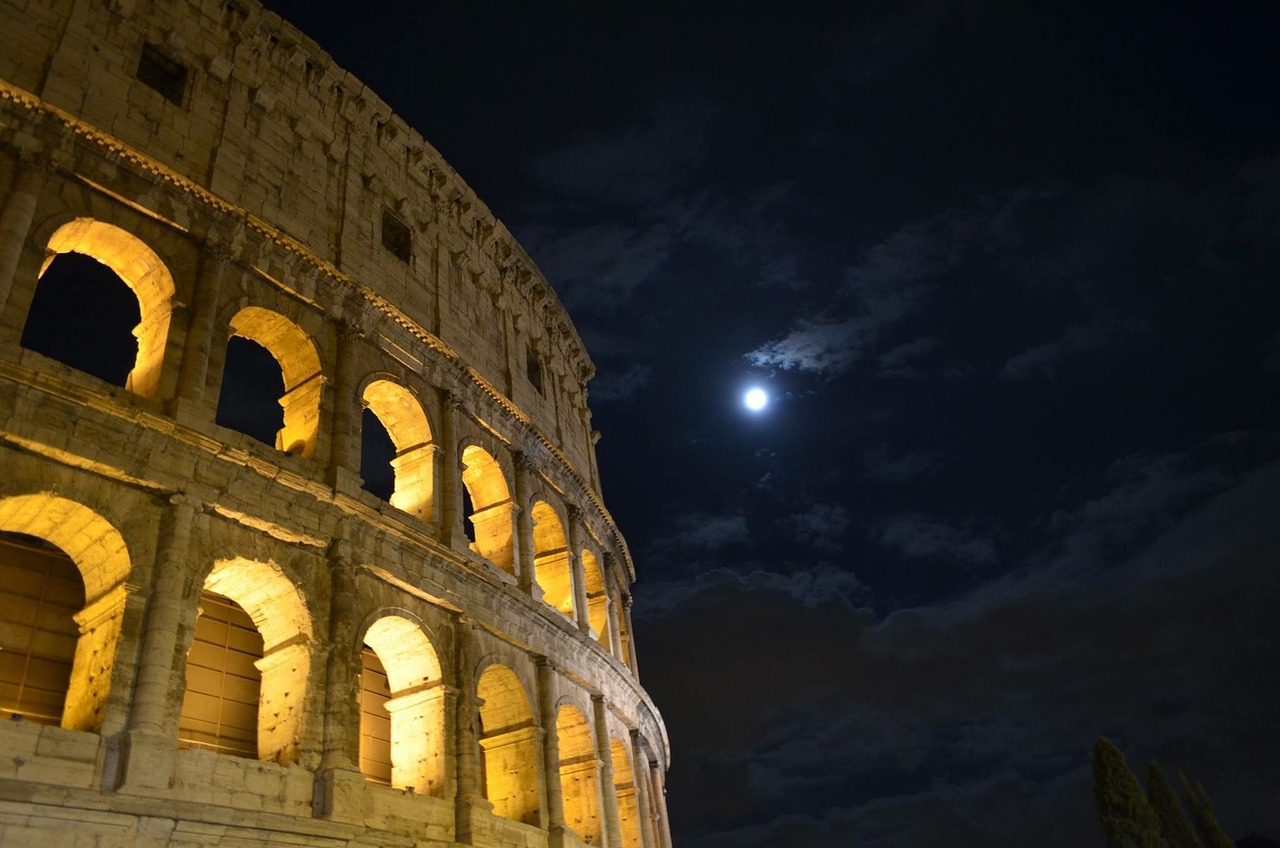
Daily Life and Customs
Life in ancient Rome was a fascinating tapestry of traditions, routines, and rituals that shaped the daily experiences of its citizens. From the crack of dawn to the late hours of the night, Romans engaged in a myriad of activities that reflected their values and beliefs.
Family life was at the core of Roman society, with households serving as the foundation of social structure. The paterfamilias, or head of the family, held significant authority, overseeing the well-being and discipline of all family members. Children were raised with a strong emphasis on respect for elders and adherence to traditional values.
Education played a crucial role in Roman life, with children receiving instruction in reading, writing, arithmetic, and moral values. Schools, both public and private, were established to educate the youth and prepare them for their future roles in society.
Religious practices were deeply ingrained in daily life, with Romans worshipping an array of gods and goddesses, offering prayers and sacrifices to seek divine favor and protection. Festivals and rituals were held throughout the year to honor deities and commemorate significant events.
Public events and gatherings were integral to Roman culture, providing opportunities for social interaction and entertainment. The amphitheater hosted gladiatorial games and chariot races that captivated audiences, while theaters showcased plays and performances that celebrated the arts.
Furthermore, the public baths served as communal spaces where Romans could relax, socialize, and cleanse themselves, promoting hygiene and well-being among the population.
In the bustling streets of Rome, merchants and traders engaged in commerce, exchanging goods and services in bustling markets and forums. The economy thrived on agricultural production, craftsmanship, and trade with distant lands, fueling the empire's prosperity.
Overall, daily life in ancient Rome was a vibrant tapestry of customs and traditions that reflected the values and priorities of its people, offering a glimpse into a bygone era that continues to captivate our imagination today.
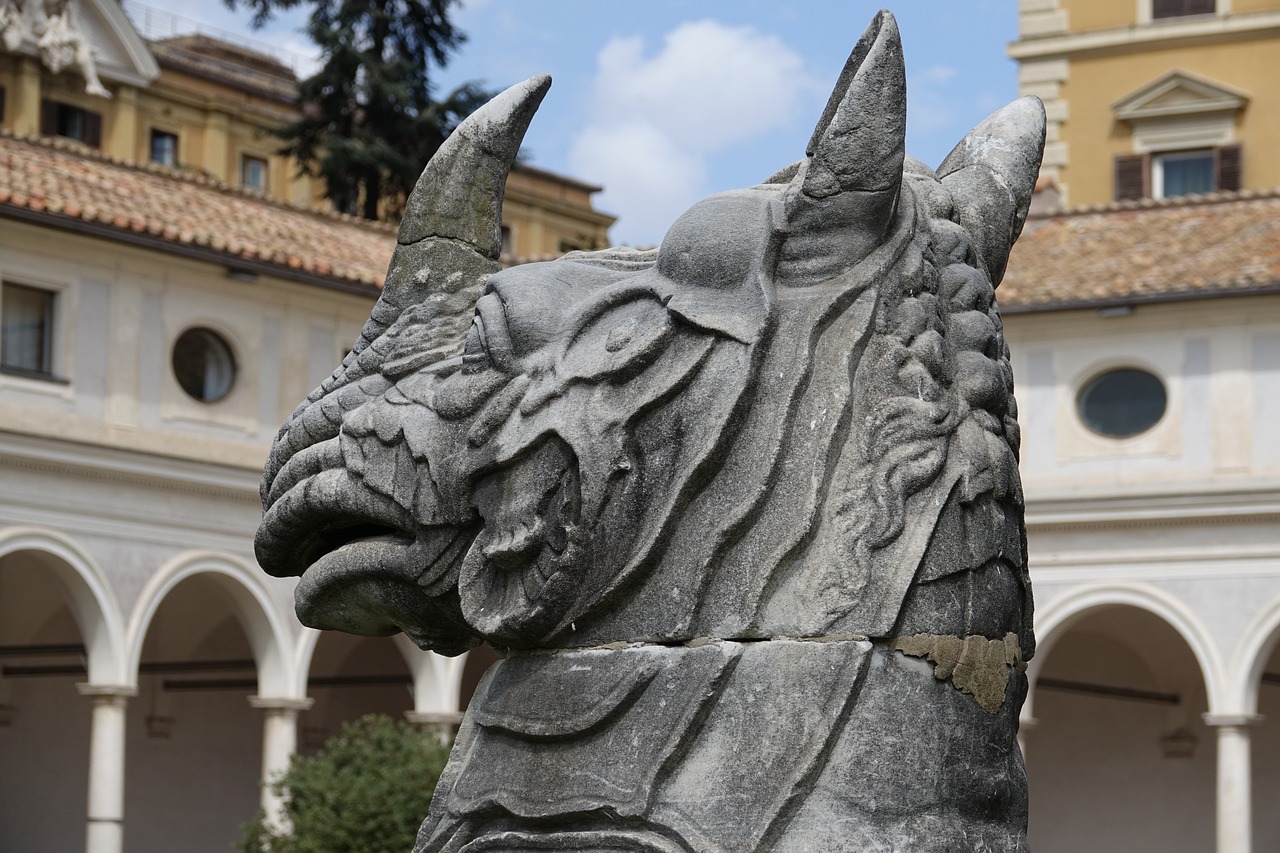
Challenges and Threats
Exploring the daily life, social structure, entertainment, and challenges faced by individuals living in ancient Rome, providing insights into the cultural norms, economic activities, and political dynamics of this historical civilization.
Understanding the hierarchical system of ancient Roman society, including the roles of emperors, senators, patricians, plebeians, slaves, and women in shaping the social fabric of the time.
Examining the economic foundations of ancient Rome, from agriculture and trade to currency and commerce, shedding light on the financial mechanisms that sustained the empire's growth and prosperity.
Delving into the political structures of ancient Rome, such as the Senate, consuls, and imperial rule, to uncover the power struggles, governance methods, and decision-making processes that influenced the empire's trajectory.
Exploring the routines, rituals, and traditions of ordinary Romans, including family life, education, religious practices, and public events, offering a glimpse into the everyday experiences of ancient Roman citizens.
Investigating the various challenges that ancient Romans faced, such as invasions, civil unrest, economic crises, and natural disasters, highlighting the resilience and adaptability of the Roman people in times of adversity.
Uncovering the recreational activities, spectacles, and leisure pursuits that enriched the lives of ancient Romans, from gladiatorial games and chariot races to theater performances and public baths, showcasing the vibrant entertainment culture of the era.
Examining the diverse religious beliefs and practices in ancient Rome, including the worship of gods and goddesses, rituals, festivals, and superstitions, illustrating the spiritual landscape that shaped the moral and ethical values of Roman society.
Reflecting on the enduring legacy of ancient Rome in modern society, from its language, laws, and architecture to its cultural influence, military strategies, and political ideologies, highlighting the lasting impact of this remarkable civilization.
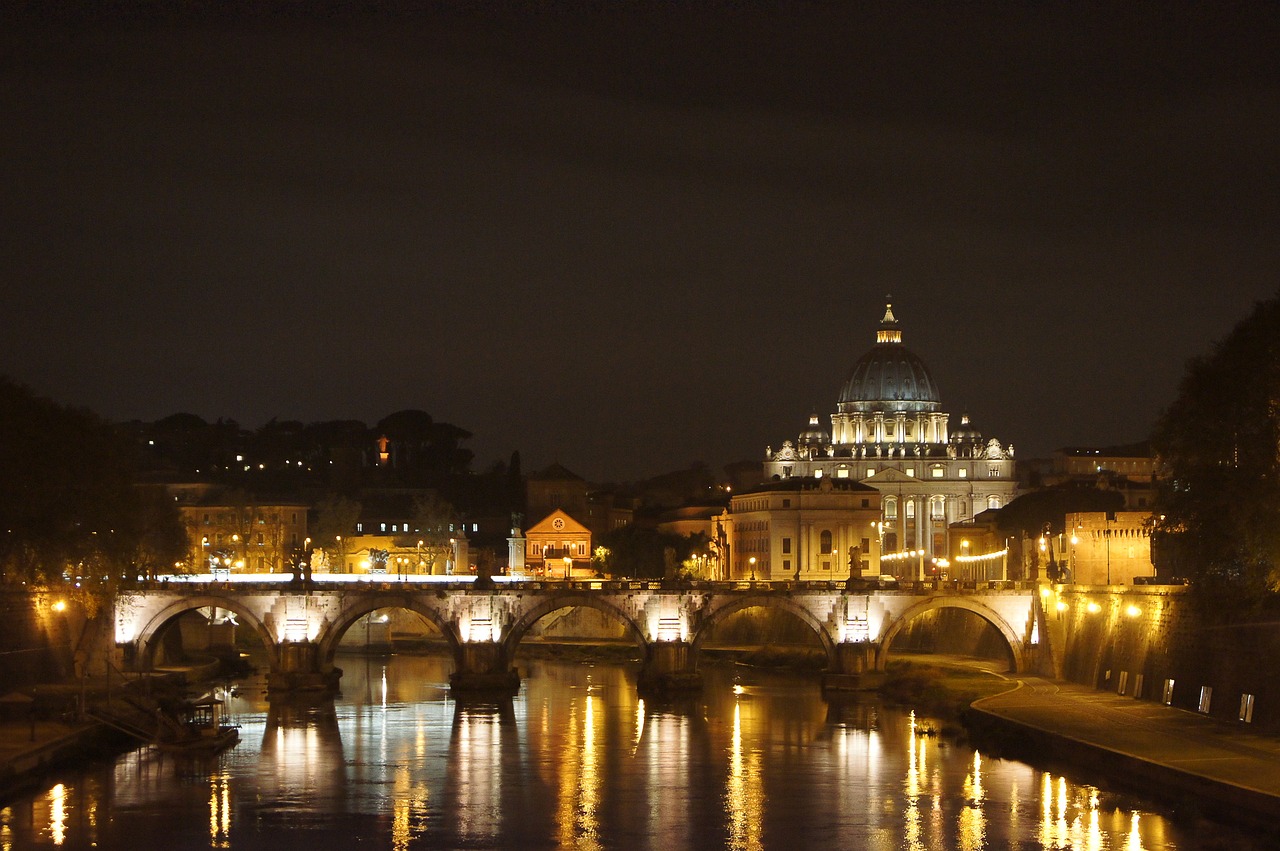
Entertainment and Leisure
Exploring the daily life, social structure, entertainment, and challenges faced by individuals living in ancient Rome, providing insights into the cultural norms, economic activities, and political dynamics of this historical civilization.
Understanding the hierarchical system of ancient Roman society was crucial in comprehending the roles of different classes. The emperors, senators, patricians, plebeians, slaves, and women all played distinctive roles in shaping the social fabric of the time. The power dynamics and social interactions between these groups were fundamental to the functioning of ancient Roman society.
Examining the economic foundations of ancient Rome reveals a bustling hub of agricultural and trade activities. From the fertile lands producing abundant crops to the bustling markets facilitating commerce, the economic engine of Rome was a key driver of its growth and prosperity. The circulation of currency and the development of trade routes were vital components of the empire's economic success.
Delving into the political structures of ancient Rome unveils a complex system of governance. The Senate, consuls, and imperial rule all played pivotal roles in the decision-making processes that shaped the empire's trajectory. Power struggles, political alliances, and governance methods were integral to the political dynamics of ancient Rome.
Exploring the daily routines and customs of ordinary Romans provides a glimpse into their way of life. Family dynamics, educational practices, religious rituals, and participation in public events were all integral to the daily experiences of ancient Roman citizens. These customs and traditions were deeply ingrained in the fabric of Roman society.
Investigating the challenges faced by ancient Romans sheds light on their resilience and adaptability. Invasions, civil unrest, economic crises, and natural disasters posed significant threats to the stability of the empire. Despite these challenges, the Roman people demonstrated remarkable strength in overcoming adversity.
Uncovering the entertainment and leisure activities that enriched the lives of ancient Romans reveals a vibrant cultural scene. From thrilling gladiatorial games and exhilarating chariot races to sophisticated theater performances and relaxing public baths, entertainment was a central aspect of Roman life. These recreational pursuits provided moments of escape and enjoyment for the citizens of ancient Rome.
Examining the diverse religious beliefs and practices in ancient Rome highlights the spiritual landscape of the society. The worship of gods and goddesses, participation in rituals and festivals, and adherence to superstitions were all integral to the moral and ethical values of Roman culture. Religious beliefs played a significant role in shaping the daily lives of ancient Romans.
Reflecting on the enduring legacy of ancient Rome in modern society underscores the profound impact of this remarkable civilization. From its language and legal systems to its architectural achievements and cultural influence, the legacy of ancient Rome continues to shape our world today. The military strategies and political ideologies of Rome have left an indelible mark on history.

Religious Beliefs and Practices
In ancient Rome, religion played a significant role in shaping the daily lives and cultural practices of the people. The Romans were polytheistic, believing in a multitude of gods and goddesses who governed various aspects of life. Each deity had a specific domain, and rituals and ceremonies were conducted to honor and appease them. The religious landscape of ancient Rome was diverse, encompassing both state-sanctioned cults and personal household worship.
One of the central tenets of Roman religion was the concept of piety, which emphasized the importance of fulfilling one's religious duties and obligations. The Romans believed that neglecting these rituals could lead to divine displeasure and bring misfortune upon the individual or the community. As a result, religious ceremonies were meticulously performed, and offerings were made to the gods to seek their favor and protection.
The religious calendar of ancient Rome was filled with festivals and celebrations dedicated to different deities. These events were marked by elaborate rituals, processions, feasts, and games, bringing together people from all walks of life to participate in communal worship and festivities. Some of the major festivals included Saturnalia, Lupercalia, and the Ludi Romani, which were eagerly anticipated and enjoyed by the populace.
Priests and priestesses held significant roles in Roman religious practices, acting as intermediaries between the mortal realm and the divine. They oversaw the performance of rituals, interpreted omens, and offered guidance on matters of religious significance. The Vestal Virgins, in particular, were revered for their purity and dedication to the goddess Vesta, guarding the sacred flame that symbolized the eternal vitality of Rome.
Superstitions also played a prominent role in Roman religious beliefs, with people seeking signs and omens in everyday events to discern the will of the gods. Augurs were consulted to interpret the flight of birds, the behavior of animals, and other natural phenomena, providing insights into future events and guiding decision-making processes. These practices added an element of mysticism and divination to the religious fabric of ancient Rome.
Overall, religion was an integral part of ancient Roman society, influencing moral values, social norms, and political decisions. The religious beliefs and practices of the Romans not only shaped their worldview but also served as a unifying force that connected individuals across different social strata. The legacy of Roman religion continues to resonate in various aspects of modern culture, reflecting the enduring impact of this ancient civilization on the world.
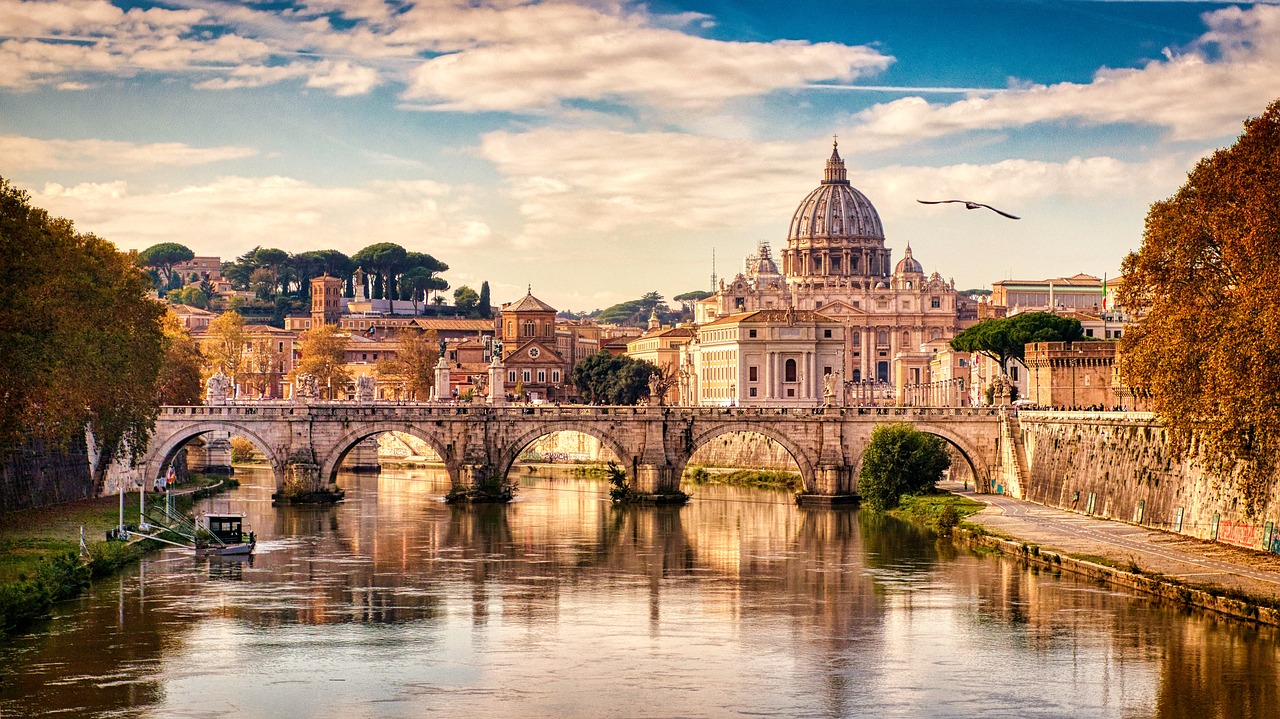
Legacy of Ancient Rome
Ancient Rome's legacy continues to shape the world in numerous ways, leaving an indelible mark on modern society. The influence of Roman culture can be seen in various aspects of our daily lives, from language and architecture to political ideologies and legal systems. The Romans' innovative engineering feats, such as aqueducts and roads, have stood the test of time, serving as a testament to their advanced technological prowess.
Furthermore, the Roman legal system, with its emphasis on justice and equality before the law, has had a lasting impact on modern legal frameworks. Concepts such as the presumption of innocence and the right to a fair trial trace their origins back to Roman jurisprudence, demonstrating the enduring relevance of ancient Roman principles in contemporary legal practice.
In addition to their contributions to law and infrastructure, the Romans also made significant advancements in literature, philosophy, and art. Writers like Virgil and Ovid produced timeless works that continue to be studied and admired today, while philosophers such as Seneca and Cicero laid the groundwork for ethical and moral thought that remains relevant in the present day.
Moreover, Roman art and architecture have left an unmistakable imprint on the aesthetic sensibilities of Western civilization. The grandeur of Roman monuments, such as the Colosseum and the Pantheon, continues to inspire awe and admiration, serving as a reminder of the artistic achievements of the ancient Romans.
Overall, the legacy of ancient Rome is a multifaceted tapestry that continues to influence and enrich our lives in ways both tangible and intangible. By examining and appreciating the enduring impact of Roman civilization, we gain a deeper understanding of our own cultural heritage and the interconnectedness of human history.
Frequently Asked Questions
- What was the social structure like in ancient Rome?
Ancient Roman society was divided into distinct classes, including emperors, senators, patricians, plebeians, slaves, and women. Each group had specific roles and responsibilities that contributed to the social hierarchy of the time.
- How did economic activities drive the growth of ancient Rome?
Economic activities in ancient Rome were centered around agriculture, trade, currency, and commerce. These financial mechanisms played a crucial role in sustaining the empire's prosperity and expansion.
- What were some of the political structures in ancient Rome?
Ancient Rome had political institutions such as the Senate, consuls, and imperial rule that governed the empire. Power struggles, governance methods, and decision-making processes were integral to the political dynamics of the time.
- What were the daily life and customs of ordinary Romans like?
Ordinary Romans followed routines, rituals, and traditions that encompassed family life, education, religious practices, and participation in public events. These aspects provided insights into the daily experiences of ancient Roman citizens.
- How did ancient Romans entertain themselves?
Ancient Romans engaged in various forms of entertainment and leisure activities, including gladiatorial games, chariot races, theater performances, and public baths. These recreational pursuits enriched the lives of the Roman populace.
- What were the religious beliefs and practices in ancient Rome?
Ancient Romans had diverse religious beliefs that involved the worship of gods and goddesses, rituals, festivals, and superstitions. These spiritual practices shaped the moral and ethical values of Roman society.
- What is the legacy of ancient Rome in modern society?
The legacy of ancient Rome continues to influence modern society through its language, laws, architecture, cultural impact, military strategies, and political ideologies. The enduring impact of this civilization is evident in various aspects of contemporary life.











